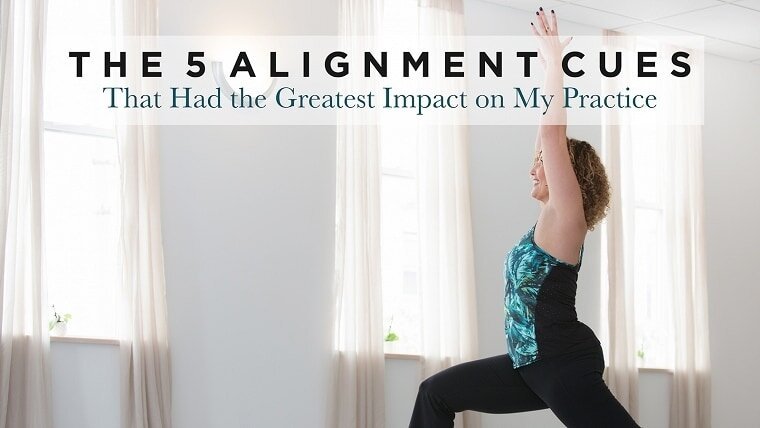5 Confusing Yoga Cues Explained in Plain English

Because “melt your heart” shouldn’t feel like a riddle.
If you’ve ever found yourself mid-pose in a yoga class wondering, “Wait… what does that even mean?”—you’re not alone. Yoga instructors often use poetic, metaphorical, or downright confusing phrases to guide students through practice. While those cues are meant to be helpful, they can sometimes leave beginners (and even seasoned yogis) scratching their heads.
So if you’ve ever been puzzled by directions like “root to rise” or “shine your heart forward,” don’t worry. We’ve got you covered.
Here are five of the most confusing yoga cues—explained in plain English—so you can focus less on interpreting and more on breathing, flowing, and feeling great in your body.
1. 🌱 “Root to Rise”
What it sounds like: Something out of a self-help book.
What it really means: Ground down through your base (hands, feet, or sit bones) to create lift and stability in your upper body.
Let’s break it down:
When a teacher says, “Root to rise,” they’re encouraging you to press firmly into the ground—usually with your feet or hands—so you can lengthen upward with more strength and balance.
Example:
In Mountain Pose (Tadasana):
- Press your feet down into the mat (root).
- Engage your legs and reach your arms overhead (rise).
✅ Think: create a strong base so the rest of you can lift with intention and stability.
2. ❤️ “Shine Your Heart Forward”

What it sounds like: A cue to get emotional mid-flow.
What it really means: Open your chest and draw your shoulder blades together slightly.
What to do:
When an instructor says this, they’re usually asking you to lift your chest, draw your shoulders back and down, and avoid rounding the spine. This cue encourages healthy posture and heart-opening alignment.
Example:
In Low Lunge or Upward-Facing Dog:
- Roll your shoulders back.
- Gently puff your chest forward and up.
✅ It’s about chest expansion, not drama. No feelings need to be “shined” unless you want to!
3. 🫴 “Engage Your Core”

What it sounds like: Crunch your abs until your body screams.
What it really means: Gently activate the muscles around your midsection to support your spine.
Here’s the truth:
Engaging your core doesn’t mean sucking in or holding your breath. It means turning on the deep abdominal muscles (like the transverse abdominis) that support your lower back and help you stay steady in balance poses.
Example:
In Plank Pose or Warrior III:
- Slightly draw your belly in and up.
- Feel the area between your ribs and pelvis tighten—not tense, just engaged.
✅ It’s like zipping up a jacket from the pelvis to your ribs—light activation, not a full crunch.
4. 🧘 “Tuck Your Tailbone”
What it sounds like: Curl your spine unnaturally.
What it really means: Slightly tilt your pelvis to avoid overarching your lower back.
Translation:
“Tuck your tailbone” asks you to adjust your pelvic alignment to support your spine, especially in standing poses. But too much tucking can lead to a flat, rigid back. The key is subtlety.
Example:
In Chair Pose or Warrior I:
- Don’t stick your butt out.
- Slightly tilt your pelvis so your lower back feels long, not compressed.
✅ Think of pointing your tailbone gently down—not tucking it between your legs like a scared puppy.
5. 🍯 “Melt Your Heart”

What it sounds like: You’re about to cry or fall in love.
What it really means: Let your chest lower or soften toward the ground while keeping the hips high or stable.
What to do:
This poetic cue is often used in poses where you’re in a prone or kneeling position and the goal is to stretch the spine and shoulders by relaxing the chest downward.
Example:
In Puppy Pose (Uttana Shishosana):
- Keep your hips stacked over your knees.
- Let your chest melt toward the floor as your arms stretch forward.
✅ It’s about softening and surrendering through the upper body—not having a full emotional breakdown on the mat (though that’s okay too).
🧘♀️ Why Are Yoga Cues So Abstract?
Yoga instructors often use imagery, metaphor, and poetic language to guide students into poses without sounding too technical or robotic. These cues:
- Help you connect mind and body
- Encourage visualization and flow
- Make yoga feel less clinical and more expressive
But for beginners, it can sound like a secret code. The good news? With a bit of decoding, it all starts to make sense—and even feel empowering.
🧾 Quick FAQs: Yoga Cues Explained
❓ Why don’t yoga teachers just say what they mean?
Many cues are designed to create a sensory experience, not just physical movement. It’s about how a pose feels, not just how it looks.
❓ What if a cue doesn’t make sense to me?
You’re not alone! Ask the instructor after class, look it up, or follow your body’s cues instead. Yoga is about awareness, not perfection.
❓ Are there wrong ways to follow a cue?
Not wrong—just potentially unsafe or misaligned if misinterpreted. If something feels off or painful, pause and ask for clarification.
❓ Can yoga cues vary between teachers?
Yes! Some teachers are poetic, others anatomical. Some mix both. The best teachers explain in multiple ways so all students feel supported.
❓ What’s the best way to remember what a cue really means?
- Practice regularly
- Read pose breakdowns
- Watch beginner yoga videos
- Ask questions during or after class
Understanding builds with experience.
🌟 Final Thoughts: Understanding Yoga Cues = Empowered Practice
At first, yoga cues can sound like riddles. But once you understand what they really mean, they become powerful tools for improving your form, protecting your body, and deepening your practice.
Next time you hear a cue like “melt your heart” or “root to rise,” you’ll know exactly what to do—and feel more confident flowing through your class.
Remember:
- Ask if you’re confused
- Keep showing up
- Trust your body
- And most importantly… breathe
Yoga is a journey—not just of movement, but of language, awareness, and connection. And every class brings you one step closer to understanding both the practice and yourself.
